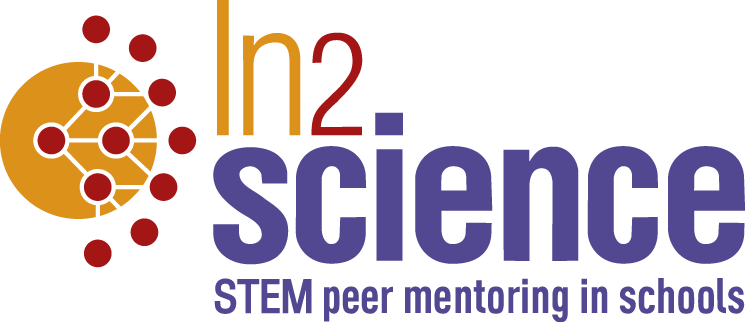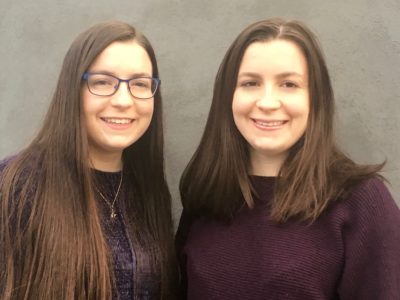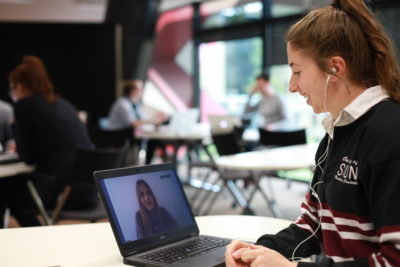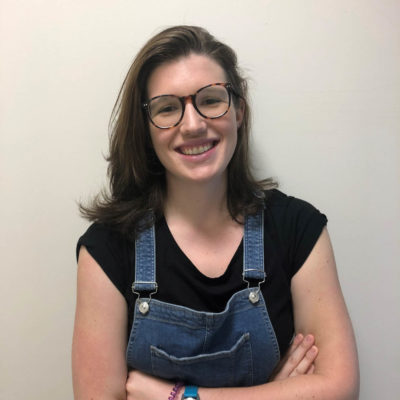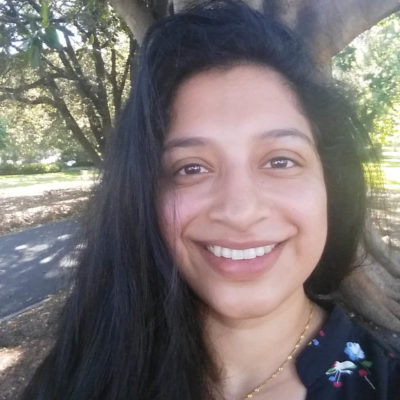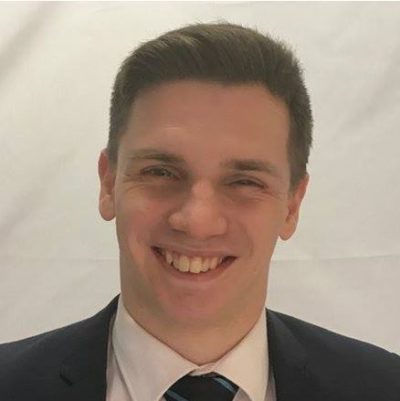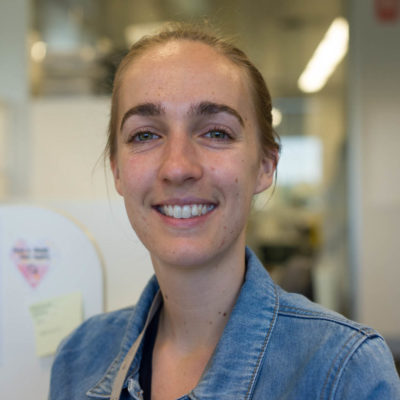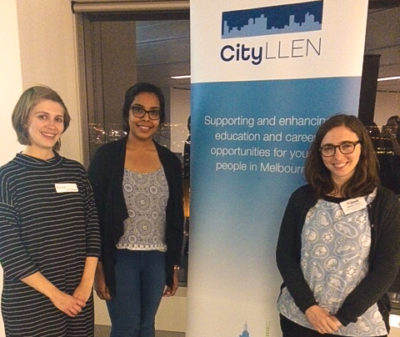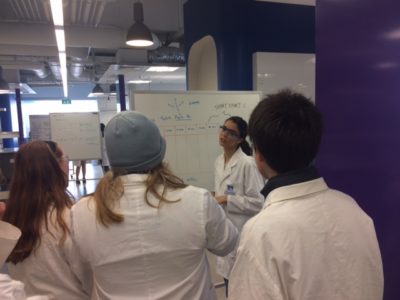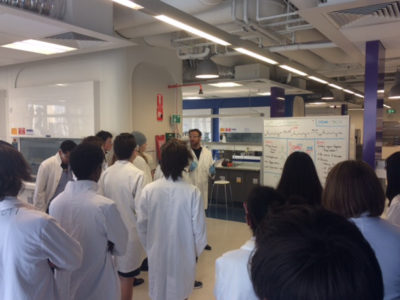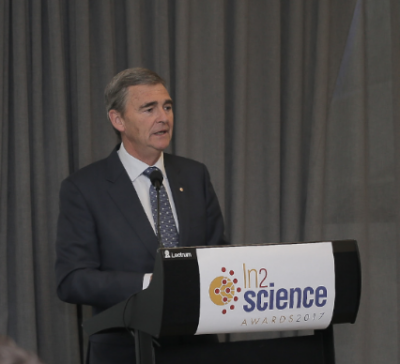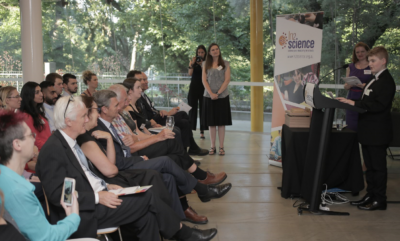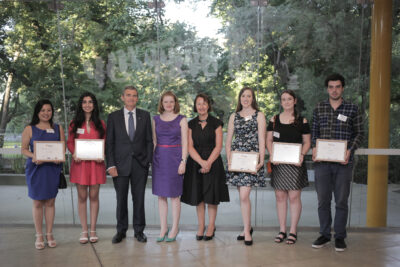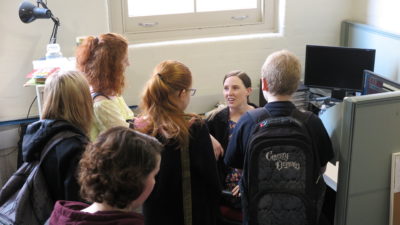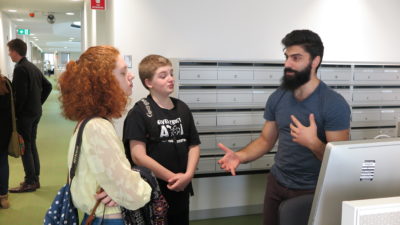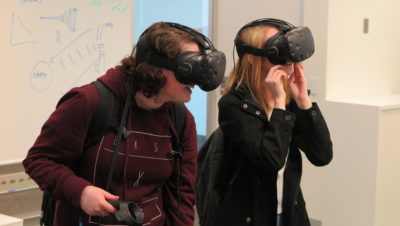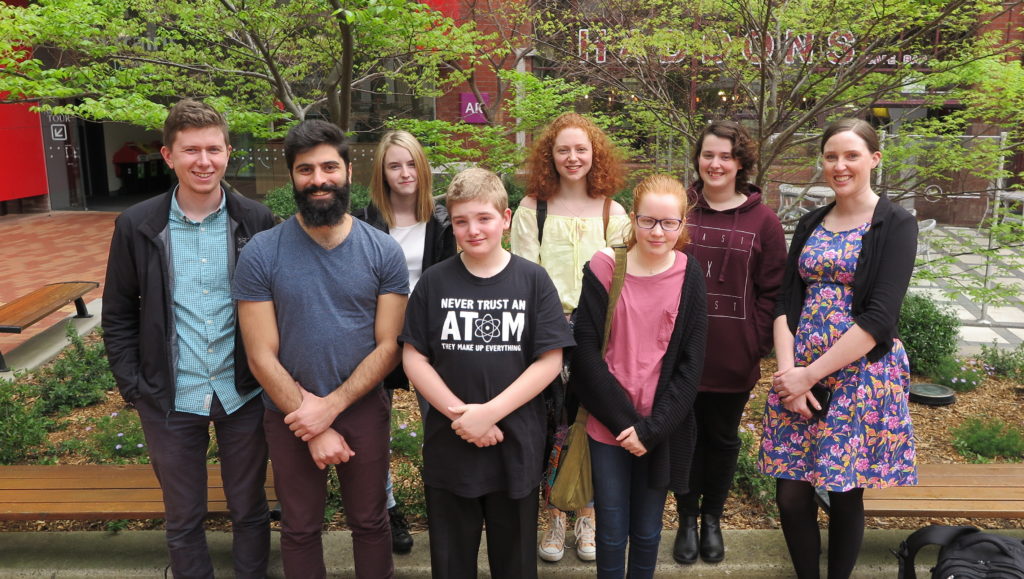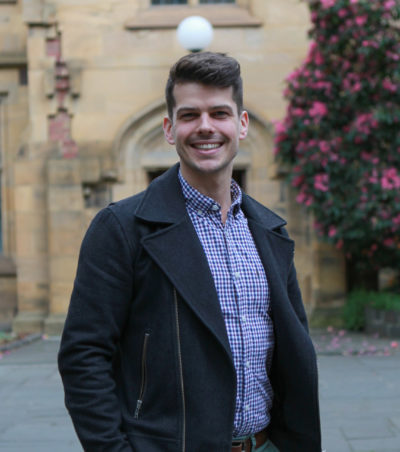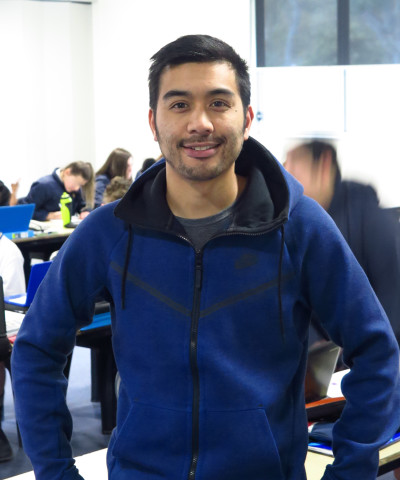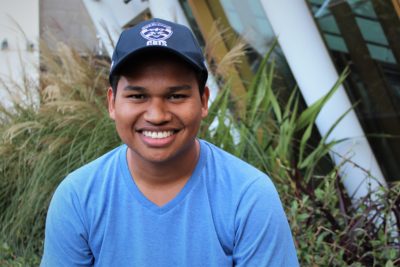
In2science mentor Daniel Putra de Jesus
What are you studying, and why do you like it? I’m in my second year of the Advanced Diploma of Engineering Technology at RMIT University, majoring in Civil Engineering. I chose to study civil engineering because I’m fascinated by how engineers use maths and physics to design and build structures. Civil engineering is a broad field of study which allows me to explore different parts of it, from super-structure designs above the earth to foundations and footing designs beneath the earth. The study of soil and fluid mechanics are mind-blowing! I love fluid mechanics because fluid behaves in such a unique way under pressure. My lab sessions enhance my understanding of how theories apply in real-world situations.
Tell us about your In2science placement! This semester is my first placement as an In2science mentor at Simonds Catholic College in West Melbourne. It’s an all-boys school and I’m very fortunate to work with an incredible group of year 8 students. Most of my mentoring sessions are lab sessions. For instance, in my first week of mentoring the students did a lab prac on how matter changes due to chemical reactions. Lab sessions are the best way for me to get to know the students and vice versa. I was able to help them with the practical component and questions for their lab reports.
Why did you become an In2science mentor? When I was in middle school, I enjoyed science and maths, but I didn’t have someone who I could talk to or ask questions about STEM. More recently I have found that there are huge benefits when you work through problems and issues with friends, or with someone close in age. This is what inspired me to be an In2science mentor.
What’s the best thing about In2science? The best thing about In2science is I get to interact with students who all have very different plans for their future. This program allows me to share my experience, give advice and influence their decisions. Working with teachers and students in a class environment is really challenging, and I find myself out of my comfort zone, but it’s ultimately rewarding. With In2science pre-placement training I have been able to tackle some of the difficulties I encounter during my placement.
What message do you hope to pass onto the students in your In2science class? I want to make students realise maths and science are fun just like other subjects, and most importantly everyone can be outstanding in a STEM field. People say maths and science are boring unless you’re a nerd, which is a myth. By being in the class and spending some time talking about the student’s interests, I hope they come to realise that STEM influences every aspect of life and that pursuing a career in STEM field is achievable.
What inspired you to study what you are currently studying? I chose to study civil engineering because I want to contribute as much as I can to the development of my homeland, Timor-Leste. I grew up in Timor-Leste, where we did not have the luxuries that first world countries have in term of infrastructure. Learning about the lack of infrastructure, clean water and sanitation in Timor-Leste inspired me to study to become a civil engineer. Since I have a passion for maths and physics, becoming a civil engineer will be the best way to help my community and ultimately my country.
What do you want to do after you finish university and why? After completing my current program, I would like to continue to study a Bachelor of Engineering (Civil and Infrastructure) and major in water engineering. After completing my degree, I will go back to Timor-Leste to help my country and apply what I learn here to benefit people in Timor-Leste.
If you could have an hour to chat with any scientist/mathematician, who would it be and why? It would be an honour for me to spend an hour with the great Sir Isaac Newton. His contribution to maths and science is priceless. The application of Newton’s three fundamental laws in our daily lives is enormous. His contribution to calculus makes us realise that there is another approach to solving maths problems besides algebra. Above all, he taught me to ask “Why?”.
What advice would you give other students looking to get involved in In2science? Why wait? Get into it! Being in the class means a lot to the students. They look up to you as their role model. Believe it or not, you do influence the students’ views on STEM. Students appreciate the time you spend with them. They get to ask you questions that might not have been asked before. If you think you can’t change someone else’s decisions when they grow up, then think again!
